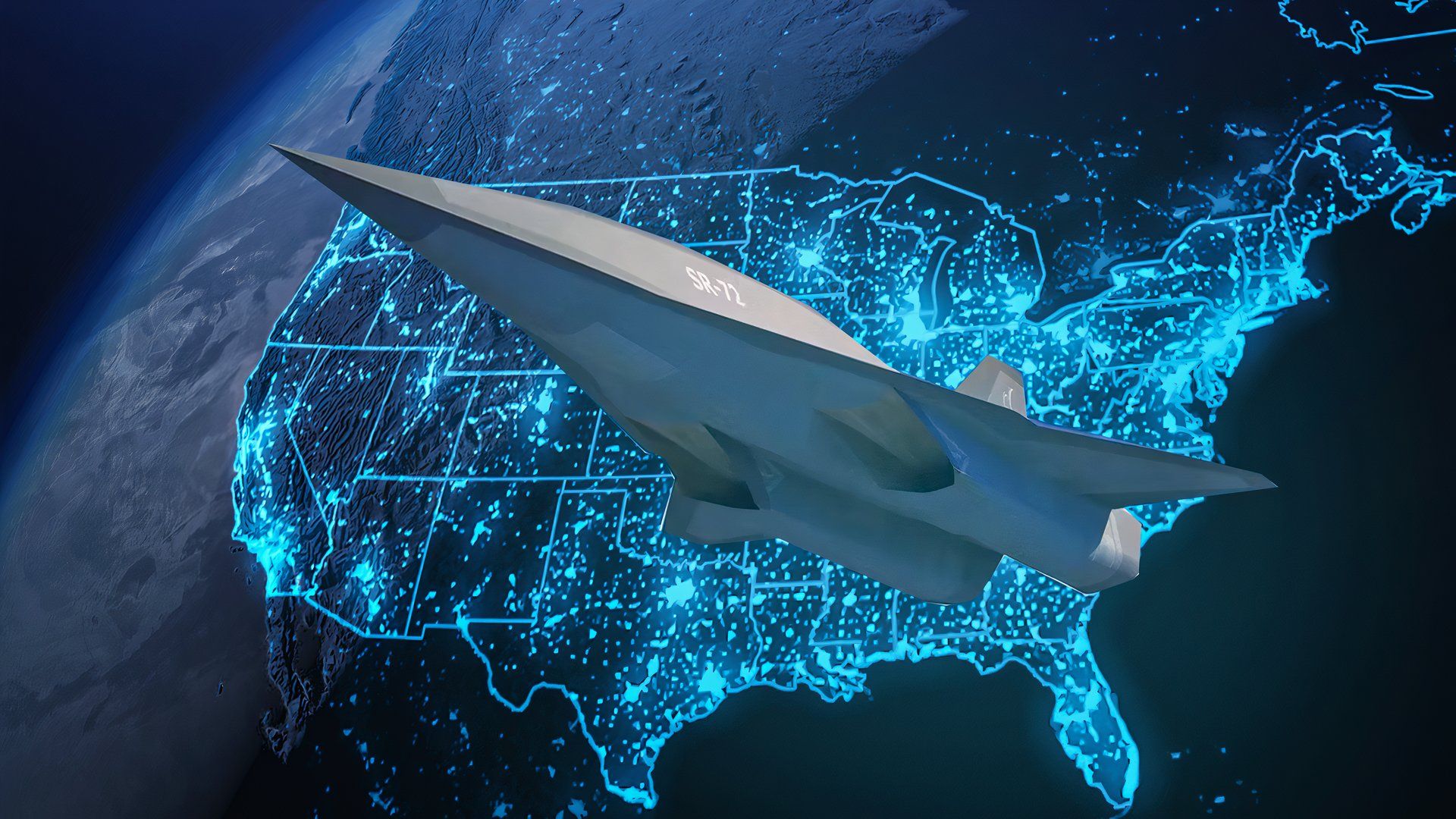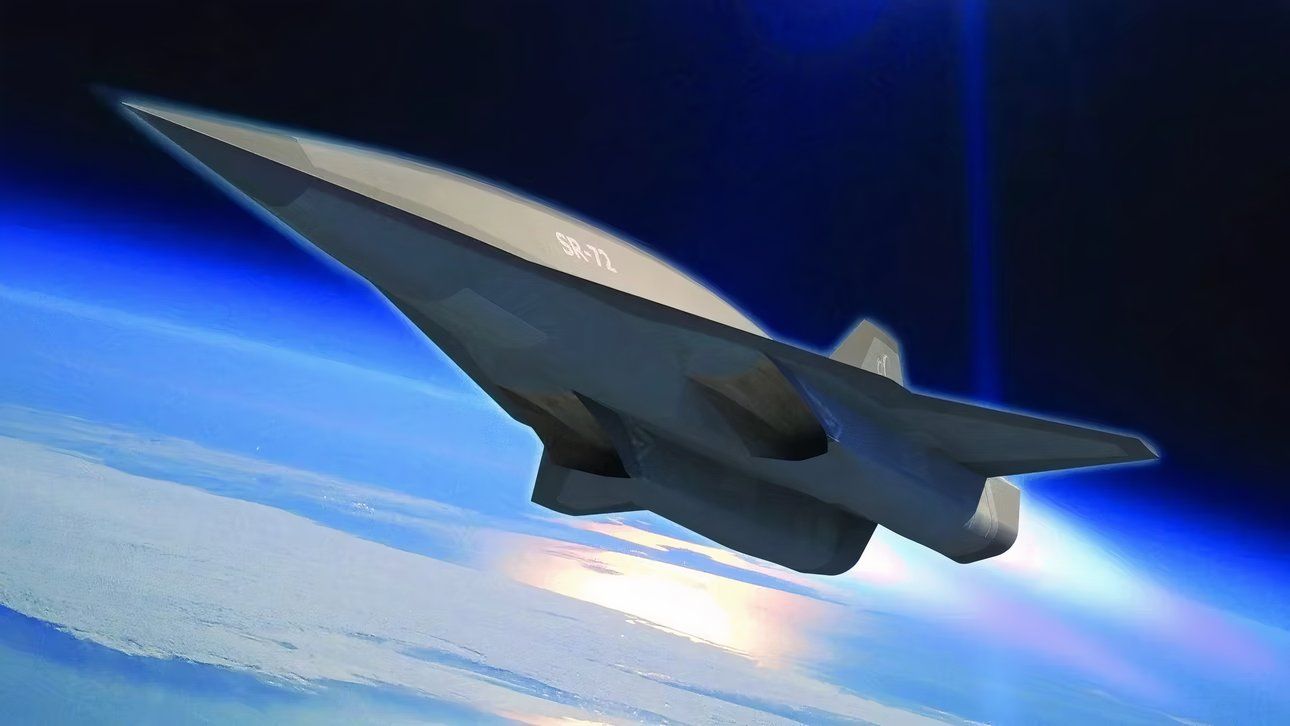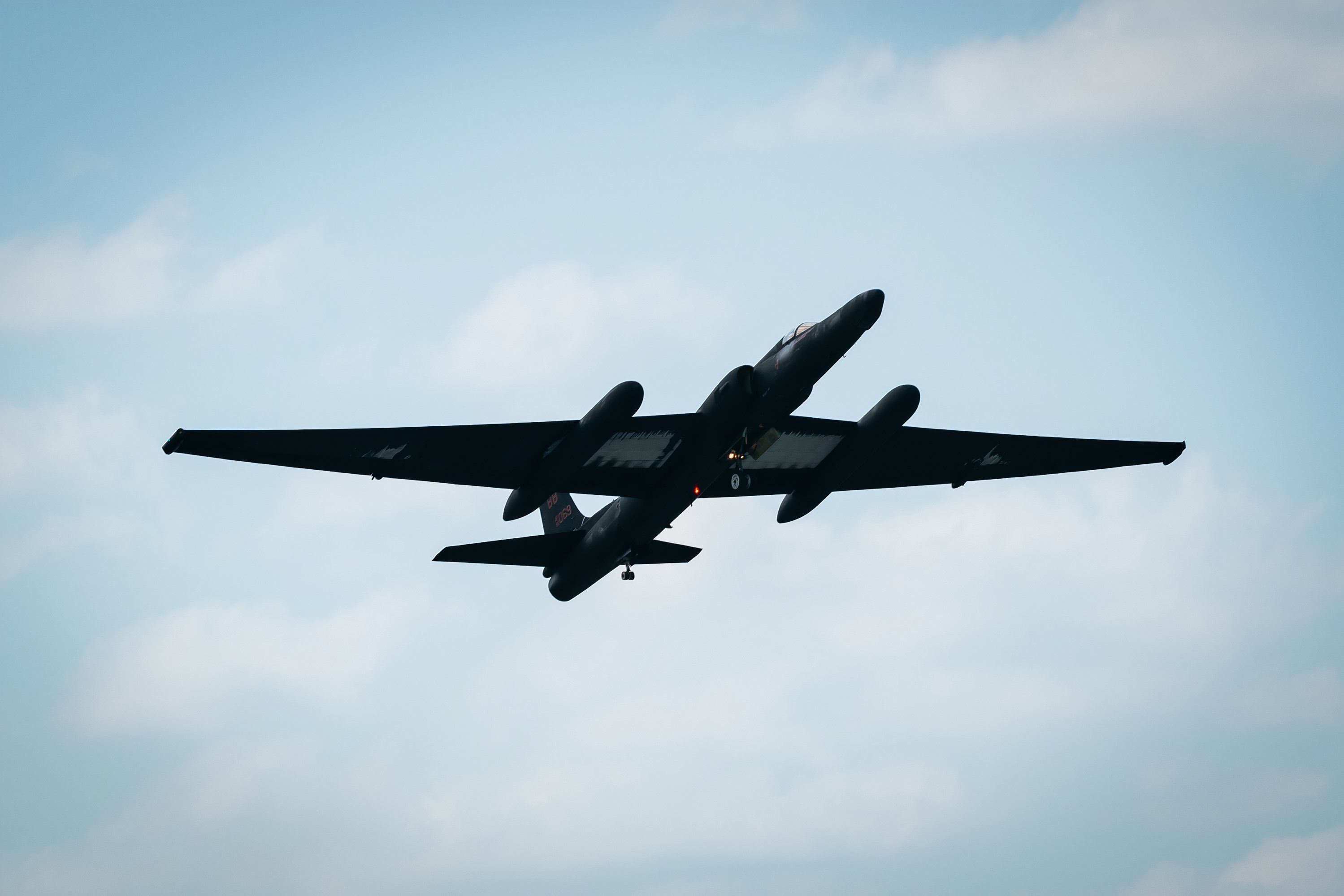Summary
- The SR-72, successor to the SR-71 Blackbird, will drastically shift global military power with its hypersonic speeds.
- The SR-72 offers high-altitude capabilities, stealth tech, and unprecedented speed, making it invulnerable in certain battlefields.
- Historical patterns inform the development of the new SR-72, showing the need for dynamic reconnaissance capabilities.
The Lockheed SR-71 Blackbird, designed to serve as a high-altitude supersonic reconnaissance aircraft, was designed to outclimb and outfly any interceptor the Soviet Union might be able to throw its way. The United States Air Force (USAF) eventually removed the aircraft from service in 1998 amid concerns over its increased obsolescence and vulnerability in a world of high-speed surface-to-air missiles.
Since the jet’s retirement, the United States Air Force and the Central Intelligence Agency (CIA) have been without an ultra-high-speed reconnaissance aircraft and shifted towards a reliance on satellites and the ancient Lockheed U-2 for intelligence gathering purposes. But within the next fifteen years, a new aircraft is set to enter service, which could drastically shift the balance of military power globally.
Photo: Lockheed Martin
This jet, which has been named the Lockheed Martin SR-72, is an American unmanned aerial vehicle (UAV) that is currently under development. As the plane’s name would imply, it is intended for intelligence, surveillance, and reconnaissance (ISR) purposes and was first proposed by the manufacturer in 2013.
With the SR-72 test vehicle set to take to the skies within the next few years, the legendary blackbird’s successor is not far from entering service. In this article, we will look at how drastically the SR-72 could shift the balance of global military power.
A game-changer
The SR-72 is set to offer the United States Air Force an unparalleled reconnaissance capability. No drone like this new Lockheed aircraft has ever entered the skies. According to The Economic Times, the SR-72 will fly at hypersonic speeds of over Mach 6, far surpassing the capabilities of its predecessor.
With such a versatile weapon, the United States Armed Forces will be able to maintain a major reconnaissance advantage. This will immediately pressure other major military powers to develop similar reconnaissance capabilities.
Some militaries seem reasonably unconcerned with the incoming SR-72, as few similar intelligence projects have been announced. The Russian Aerospace Forces are focused on developing the Tupolev PAK DA, a stealth bomber. However, similar intelligence projects would likely remain highly classified, especially by high-profile military powers like Russia and China.
At the end of the day, however, the SR-72 will be a bigger game changer in battlefields where American adversaries are not nearly as well-equipped. In conflicts in the Middle East or battles against terrorist organizations, the SR-72’s speed and altitude capabilities will render it nearly invulnerable.
A modern purpose
The global geopolitical climate has continued to require advanced reconnaissance capabilities, something which the United States Air Force and other American agencies have been quick to identify. However, the United States lacks a next-generation reconnaissance aircraft, with the following reconnaissance aircraft making up the backbone of the Air Force’s surveillance fleet:
- IPTN CN-235
- E-9A Widget
- MC-12W Liberty
- OA-1K Sky Warden
- RC-135 Rivet Joint
- U-2 Dragon Lady
- U-28A Draco
- RQ-4 Global Hawk
- RQ-11 Raven
- RQ-20 Puma
- RQ-170 Sentinel
These aircraft are primarily turboprops or turbofan-powered subsonic aircraft, many of which are military applications of civilian planes. The final four on this list are all small drones, which, while portable, are not fast and extremely vulnerable once located. On the modern battlefield, none of these reconnaissance aircraft stand the chance of getting past an adversary’s anti-aircraft defenses.
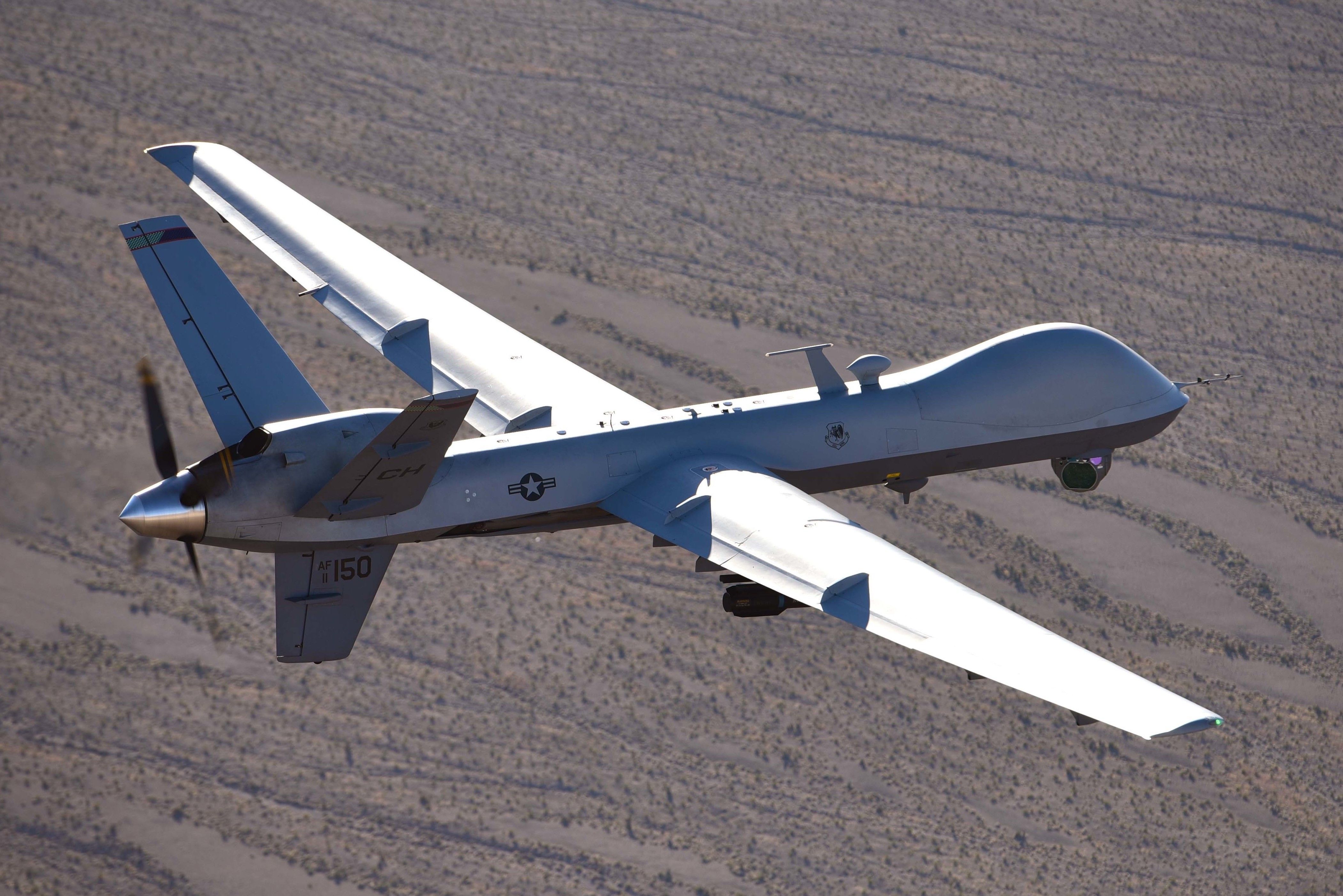
Related
5 Fast Facts About The MQ-9 Reaper Unmanned Aerial Vehicle
The UAV brings a lot to the table.
Here is where the SR-72 is an absolute game changer, as it offers a number of key advancements that will allow it to outperform any reconnaissance aircraft that came before it. The plane maintains the following key advantages:
- High-altitude capabilities
- Stealth technologies
- Unprecedented speed
The SR-72 is prepared to offer the complete package of what no reconnaissance aircraft has been able to bring to the table before, improving on its predecessor in several key ways. Some, such as Interesting Engineering, have noted that the aircraft will need new stealth capabilities, as traditional radar-absorbent materials cannot withstand the heat created by flying at such speeds.
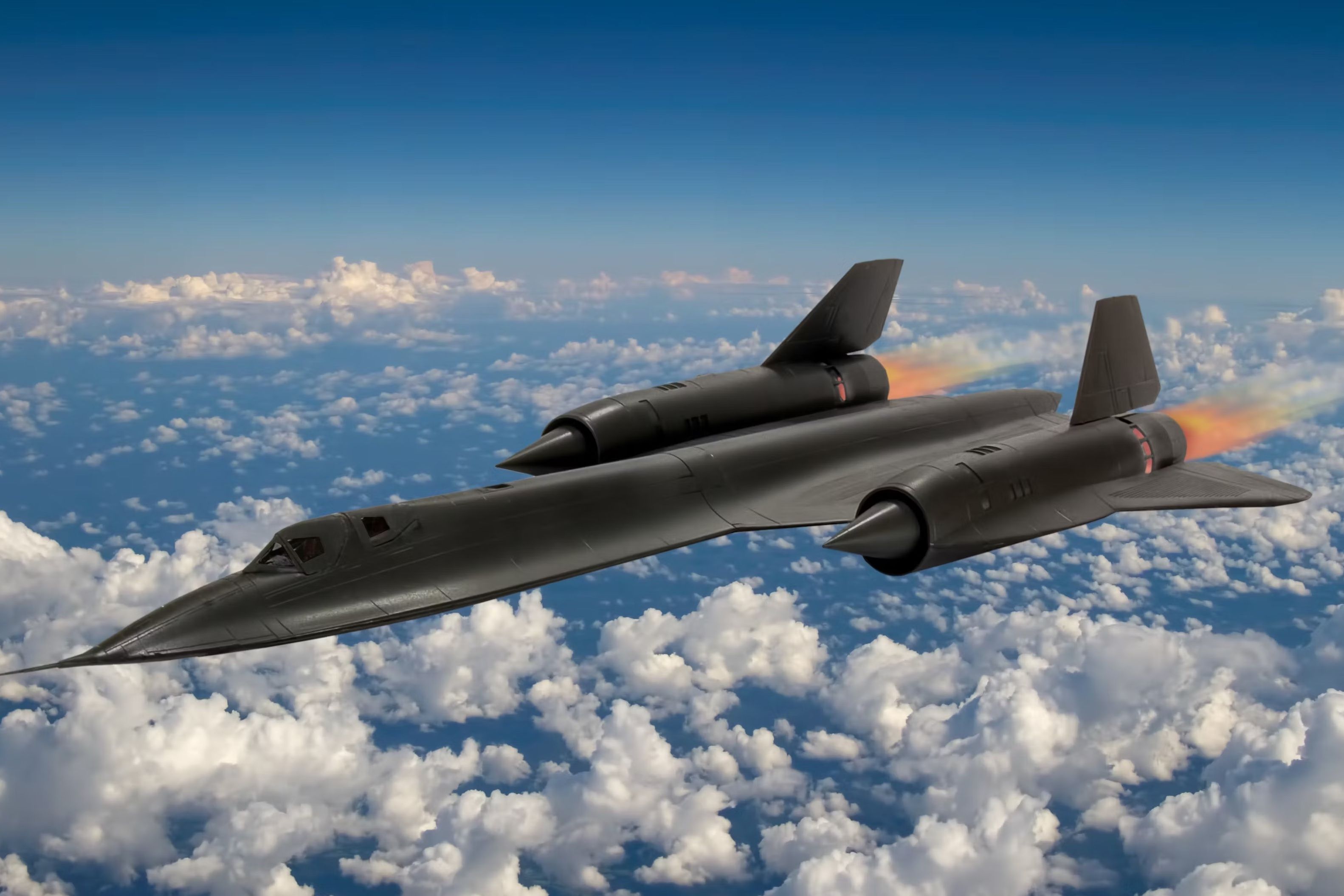
Related
Fastest Manned Aircraft In The World: A Look At The SR-71 Blackbird
The aircraft shattered records and climbed to new heights.
Nonetheless, the aircraft will undoubtedly be able to operate at all altitudes, whether attempting to fly low to avoid radar or at extremely high altitudes to evade detection. Furthermore, the aircraft’s unprecedented speed will prevent interception even if detected at any altitude.
Lessons from history
Satellites form a key part of military intelligence strategies today, but global militaries and intelligence agencies have begun to notice the importance of lower-altitude reconnaissance. Though most fifth-generation fighters like the F-22 Raptor and the F-25 Lightning II (both developed by Lockheed Martin) incorporate anti-radar stealth technologies, they are not as invulnerable once detected.
The advance of anti-stealth technologies and anti-access defenses like surface-to-air missiles has led to concern over the effectiveness of aircraft like the F-35 and F-22 operating in enemy airspace. As a result, military planners have reverted to the lessons of the past when designing a new aircraft.
Photo: United States Air Force
The first true high-altitude reconnaissance aircraft to enter service was the Lockheed U-2 Dragon Lady, which would fly its first missions in 1956. The aircraft’s key weapon is its ability to fly at impressive altitudes, with planners at the CIA believing that a height of 70,000 feet would prove sufficient to avoid Soviet surface-to-air defenses. According to The National Interest, a later shootdown of the U-2 in 1960 demonstrated that this would be insufficient.
Later, Lockheed tried again with the SR-71 Blackbird program, but concerns over surface-to-air missile capabilities eventually rendered it obsolete. The aircraft was not fast enough to avoid the latest missile defense systems.

